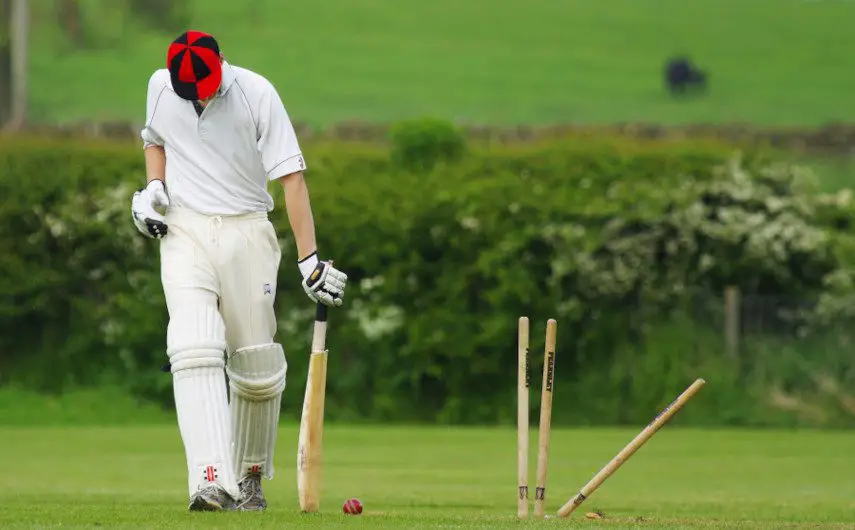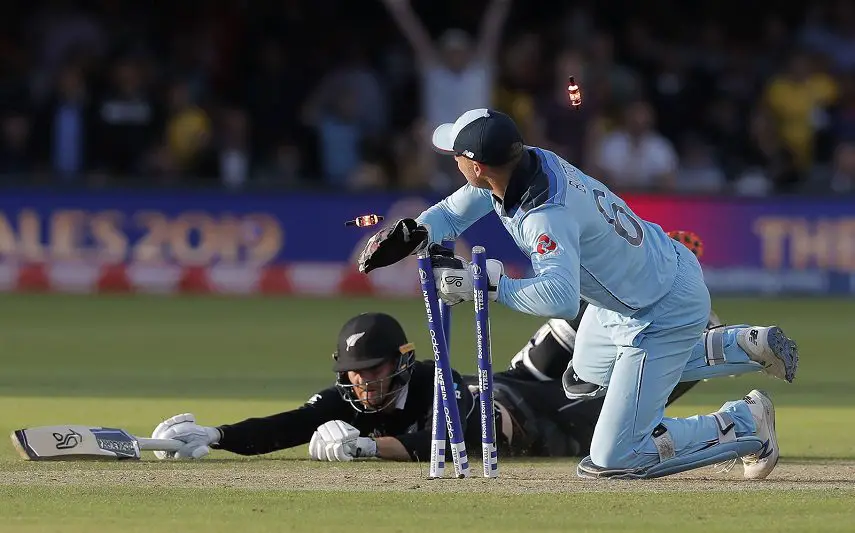Table of Contents
The concept of warm up matches has come into cricket in the last few years but what are these games and what rules apply to them?
What are Warm Up Matches?
Warm up cricket matches are regularly held before major tournaments or series. They may also appear at the start of a new domestic season, when county or provincial sides take each other on. Teams are literally ‘warming up’ for a bigger event and these games give them a chance to rotate players and to find out what their best starting XI is.
These matches are not considered as official by the International Cricket Council (ICC), so the figures do not count as part of a player’s overall stats. They follow the traditional laws of the game with a few exceptions.
Rules for a Warm-Up Match in Cricket?
The vast majority of rules in a warm up game are the same as the regular laws of cricket. For example, the same dismissals apply and batters can be given out in all of the traditional ways.
Six ball overs are in play and the object is the same. Score more runs than the opposition to win the game. We also have a toss to decide who will bat first and who takes to the field.
Those are the similarities but what about the key differences between a warm-up match and a regular game of cricket?
One variant lies in the fact that captains do not have to declare their team at the start of the match. The toss still takes place as it would do in a regular game, but the skippers will not reveal the players that will be involved.
One of the reasons for this is that the playing XI is very fluid. Changes can be made at various points in the game and this is all in keeping with the concept of warming up.
How Many Players Play in Cricket Warm up Match?
The rules for warm up matches allow for all members of the playing squad to be involved. Many of these games are played before limited overs tournaments so there could be 15 players taking part. Here’s how it would work in a match scenario.
Bowling Team
While all 15 squad members may play a part in the game, only 11 will be on the pitch at any one time. This means that the captain has the option to rotate fielders and to give all of his or her available bowlers the chance to play a full part.
Certain rules will still apply to the game and these would include bowling restrictions. If it’s a 50 over game where the limit for each bowler is 10 overs, this will still be the case.
It’s even possible to add new players to the game if both captains can agree. I can remember a warm up game for the Ashes in 2013 between England and Essex. Injuries to Tymal Mills and David Masters meant that Essex had to bring in replacements who had not previously been involved in the game.
England twelfth man Boyd Rankin and Essex squad member Reece Topley were both called up to bowl for the Essex team.
In summary, it’s almost a case of ‘anything goes’ providing that the two captains can both agree to those rules and any changes.
Batting Team
Once again, all members of the squad could be involved as part of the batting unit. In all probability, the teams will only use 11 batters, and the tailenders whose only job is to bowl will be left in the dressing room.
While there is this level of flexibility, certain laws of the game will still apply. Once a batter is dismissed that’s it. He or she is out and they cannot return to the crease at a later point in time.
A batting side will also have the regulation ten wickets to play with. Once the tenth wicket is lost, the innings comes to an end.
One area that comes into play a lot with cricket warm up matches is that of retirements. We will often see a batter reach a high score – either a fifty or a century – and they will retire to the pavilion. They are officially ‘out’ at this point and cannot return.
By doing this, they allow their teammates to enjoy some batting time. Remember this is a warm up and the main aim for teams and players is to find some form ahead of a big tournament or series. For that reason, retirements are commonplace in this type of game.
If a player does retire then we won’t see them come into bat at a later stage. This is effectively a dismissal and their individual innings comes to an end. It’s the same principle as the new law that allows a player to retire ‘out’ in a limited overs match.
We saw Ravichandran Ashwin become the first to do this at the 2022 IPL and a number of batters followed his lead. The innings is over and the batter cannot return to the crease.

In summary, all members of the squad can bat in a warm up match but we will generally only see 11 men or women involved in the batting side.
Are Warm Up Games Good or Bad for the Teams Involved?
The value of warm up games has been called into question many times in recent years. In the past, when an international team toured another country, they would play official matches against county or provincial teams.
With so much international cricket being played these days, the schedule simply doesn’t allow for that to happen.
In 2024, when the Sri Lankan side came to England for a three-match test series, they had one warm up match against a very young and inexperienced English Lions team. I can recall Sri Lankan legend Kumar Sangakkara discussing the merit of this match on commentary.
It certainly wasn’t ideal preparation for the test series, and the Sri Lankans looked underprepared in the first two games. In the final test at The Oval, the tourists were much stronger and fought back to win the match. The series finished 2-1 to England, but would things have been closer had Sri Lanka played more and better quality warm up games?
That’s a question we’ll never know the answer to, and the real issue here is that there simply wasn’t enough time to get any more games in. Just nine days after Sri Lanka finished that tour of the UK, they were playing a home test series against New Zealand.
There is no more space in the calendar to play more games, but that means that the standard of those warm ups needs to be high. The England Lions team contained some promising cricketers, and they won the game, so it’s difficult to argue against the team selection.
However, it could be suggested that the English players benefitted more than the Sri Lankans. The youngsters were challenged by senior international cricketers, and Josh Hull went on to make his debut in the third test of the tour.
It’s a difficult situation for all. Warm ups can be entertaining for the crowd, but because of the busy international calendar, they must provide value for both teams.
Conclusion
Warm up matches can clearly be very useful to teams who are going into a tournament or a big series such as the Ashes. However, the rules of those games can appear confusing, even to those who watch cricket on a regular basis.
Hopefully, this article has cleared up that confusion. Looking at these rules it’s a logical approach to warm ups with the aim of getting as many squad players as possible involved before the more serious competition arrives.
It’s also good for the supporters and for the ground that hosts the game. The fans get to see the players involved and the venue attracts income from ticket sales and associated items such as merchandise and food and drink.
I watched a 1999 World Cup warm up game between Middlesex and South Africa at Southgate. The cricket was competitive and it was a great chance to see top overseas players at the same time. So, if a warm up match is close by, I’d urge you to call in.


